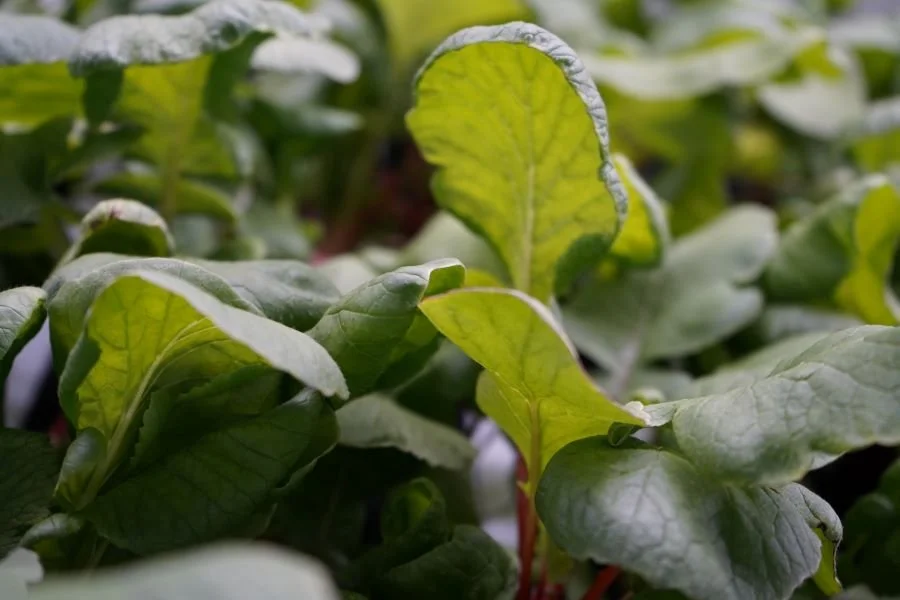Freight Farms CEO: Vertical Farming Vexed by High Wnergy Costs But Renewables Offer Refuge
10 May 2023 --- Food shortages caused by devastating floods and droughts have spurred the development of indoor farming solutions. However, this burgeoning sector is struggling to expand as energy costs decimate profitability margins and force businesses into cost-saving and streamlining mode.
Notably, French vertical farming company Agricool was forced to look for a buyer last year after the business became unsustainable. Meanwhile, Dutch firm Infarm fired over half its employees in November, unable to “withstand the challenging market conditions, particularly regarding escalating energy prices.”
Infarm closed operations in the UK, France, the Netherlands, Japan, Frankfurt (Germany) and Copenhagen (Denmark) – all countries where energy prices have skyrocketed.
FoodIngredientsFirst sits down with Rick Vanzura, CEO of Freight Farms, to understand how energy is at the root of the sector’s problems and what can be done to overcome the problem.
“High energy prices have impacted the vertical farming sector just as they have others,” he explains. “An increase in energy cost means that our operating cost increases, affecting our bottom line.”
“While vertical farms are able to create the perfect growing environment every day of the year, they rely on energy (rather than sunshine) to do it. Energy consumption is the ‘Achilles heel’ of the vertical farming industry.”
Lettuces and leafy greens are popular crops among vertical farmers.
Harnessing renewables, boosting efficiency
The US-based agri-tech firm is tackling the issue of high energy prices by expanding renewable energy use and improving production efficiencies.
“Freight Farms is always trying to increase the energy efficiency of its vertical farms. Our Greenery S container farm uses proprietary LED grow lights that are 50% more efficient while also 60% more intense than standard options,” Vanzura continues.
“We encourage farmers to operate their farms using renewable energy when possible. We have a partnership with Arcadia [a climate technology business] to connect farmers to clean energy. We also have farmers who use other renewable sources to power their farms.”
Some vertical farming businesses already boast 100% renewable energy use, such as US-based Bowery Farming, avoiding dependence on the conventional energy grid.
Meanwhile, high energy prices have also hit the greenhouse farming sector hard. In the UK, half of the greenhouses were reportedly empty in June 2022.
Vertically-farmed favorites
Given the need to boost profitability to ensure the survival of vertical farming operations, selecting what crop to grow is a vital decision.
“Lettuces and leafy greens are the most popular crops with our customers. They are compact, making excellent use of the limited footprint of our container farms. Around 1,000 heads of lettuce can be produced weekly in a Freight Farm. Lettuce also drives a fairly high value in the market. Similarly, arugula and herbs like basil are both compact and valuable,” Vanzura explains.
The firm’s lettuce also lasts longer than those commonly sold in grocery stores, helping to prevent food waste.
“Microgreens are a more recent favorite. They grow quickly (two weeks from seed to harvest) and drive a high price while being cheap to produce. Microgreens are attractive to restaurant customers: high-end chefs love to use microgreens as garnishes,” adds Vanzura.Energy prices is the "Achilles heel" of the burgeoning sector.
“Compact crops like French radishes can be ‘intercropped’ with lettuce — grown in the same plant panels to maximize production in the fixed space of the container farm.”
Kale, radishes, carrots and other small roots such as edible flowers are other crops commonly targeted by vertical farmers.
Crops of the future
Vertical farming allows for vast water reduction compared to traditional harvests, opening the door for more water-intensive crops to transition into indoor operations.
“We foresee fruiting crops and crops that traditionally require huge amounts of water to hold promise in the coming years,” Vanzura says.
“Freight Farms use 99% less water than traditional agriculture – as water becomes an increasingly scarce resource, vertical farms will present more of an advantage for such water-sucking crops. Some examples include tomatoes, strawberries and other types of berries and flowering crops.”
By Marc Cervera
(All image credits: Freight Farms).
To contact our editorial team please email us at editorial@cnsmedia.com




